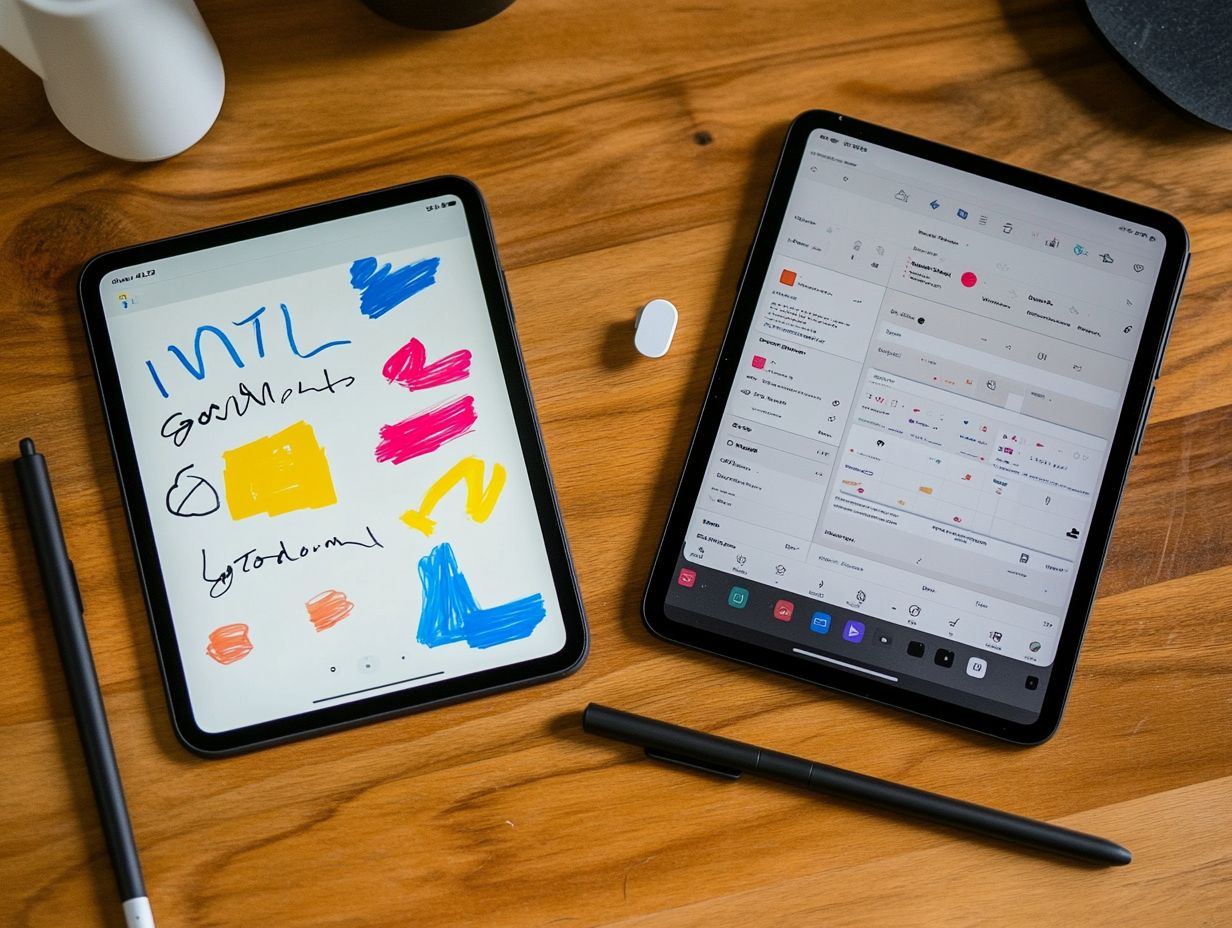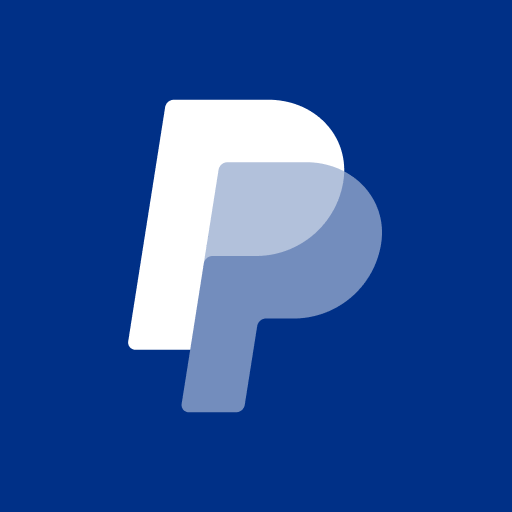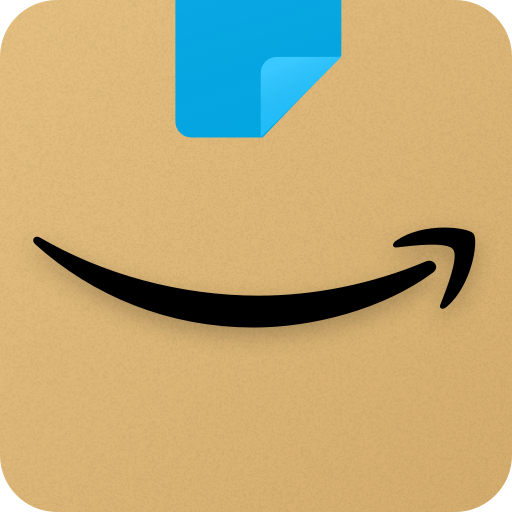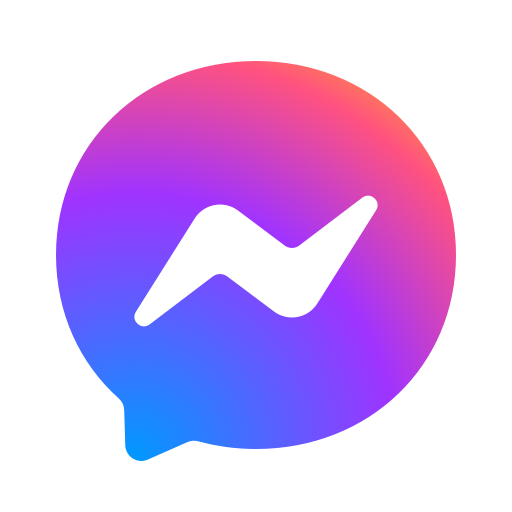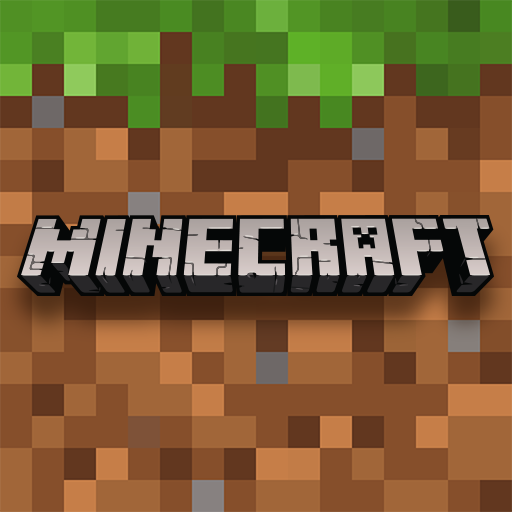GoodNotes vs. Notability: Which iPad Note-Taking App Wins?
13th July 2025
Mike Mapley
In the realm of digital note-taking, GoodNotes and Notability are recognized as two of the most prominent note-taking apps among iPad users. Both applications offer unique features and functionalities designed to enhance the note-taking experience, including note organization and annotation tools. This article aims to examine the strengths and weaknesses of each app, comparing their design, organizational tools, handwriting capabilities, and compatibility with other devices. By the conclusion of this analysis, readers will gain a clearer understanding of which application best aligns with their needs, thereby facilitating an informed decision regarding their digital note-taking journey, considering aspects such as pricing, performance, and usability.
Overview of GoodNotes and Notability
GoodNotes and Notability are prominent note-taking applications specifically designed for the iPad, each presenting distinctive features that address diverse user requirements, including platform compatibility and customization.
As digital note-taking continues to gain traction among students and professionals, these applications have become critical tools for enhancing productivity and organization.
With functionalities such as cloud synchronization, PDF support, and advanced handwriting recognition, they afford users the flexibility necessary for effective management of their digital notes, enhancing productivity and organization.
A thorough understanding of the unique functionalities and user experiences associated with GoodNotes and Notability can significantly aid in selecting the most suitable note-taking solution to align with one's workflow.
Features and Functionality of Each App
Both GoodNotes and Notability present a range of features and functionalities, positioning them as versatile tools for digital note-taking. GoodNotes is particularly noted for its document organization capabilities and customizable templates, while Notability distinguishes itself with its audio recording feature and comprehensive annotation tools.
Users commend GoodNotes for its user-friendly interface and seamless integration with the Apple Pencil, whereas Notability provides advanced PDF support and collaboration features that enhance the overall user experience, including task management and multimedia notes.
Upon comparison, it is evident that GoodNotes delivers an exceptional user experience through its intuitive interface, facilitating effortless navigation through notes and documents. The ability to create customized notebook covers and templates caters to individual preferences, fostering creativity in note-taking.
Conversely, Notability’s integration of audio recording allows users to capture lectures in real time, syncing the audio with handwritten notes—a distinctive feature that can significantly enhance productivity. Its robust annotation tools enable users to highlight, circle, and add comments to PDF files, making it an optimal choice for individuals who frequently engage with digital documents.
Ultimately, the decision between these two applications will largely depend on individual requirements, as each offers strengths that are appealing to different facets of user preferences.
Comparison of GoodNotes and NotabilityWhen comparing GoodNotes and Notability, several factors must be considered that can significantly influence a user's decision between these two widely used note-taking applications.
Key elements such as user interface, ease of navigation, pricing structures, and available subscription options all play a crucial role in this evaluation. GoodNotes is often preferred for its intuitive design and extensive customization capabilities, whereas Notability is frequently recognized for its innovative features, including audio recording and collaboration tools.
A thorough assessment of these aspects can assist users in identifying the application that best meets their note-taking requirements.
Design, Organization, and User Interface
The design and user interface of GoodNotes and Notability are essential factors influencing user interaction with their digital notes. GoodNotes showcases a clean, minimalist interface that prioritizes ease of navigation and an intuitive organization of notes, making it particularly suitable for users who value structure and note aesthetics.
Conversely, Notability merges functionality with a contemporary aesthetic, allowing users to organize their notes effectively while providing features such as tagging, search functionality, and multimedia integration for swift retrieval.
These design elements have a significant impact on user experience, particularly for students and professionals who require seamless access to information.
For example, GoodNotes enables users to create folders and subfolders, facilitating meticulous organization and enhancing productivity for those who thrive in a structured environment, supported by efficient file management and backup options. In contrast, Notability's unique navigation tools, including a linear scrolling feature and multimedia integration, cater to a more dynamic user base that prefers interacting with their notes in diverse formats.
This contrast in organizational techniques underscores the varying preferences among user demographics, with some individuals leaning towards more traditional approaches while others opt for innovative methods.
Handwriting and Note-Taking Capabilities
Handwriting recognition and note-taking capabilities are essential features that significantly enhance the usability of GoodNotes and Notability. Both applications incorporate advanced handwriting recognition technology, allowing users to convert handwritten notes into digital text with a high degree of accuracy.
The ability to transcribe thoughts into text effortlessly greatly improves productivity, particularly in academic and professional contexts. GoodNotes distinguishes itself through its seamless integration with stylus usage, which appeals to individuals who value the tactile experience of writing. Users frequently report a deeper connection to their notes, as they can easily create diagrams or annotate critical points.
Conversely, Notability offers a unique multimedia note-taking feature that sets it apart, particularly benefiting students who require simultaneous audio recordings and advanced drawing tools. This functionality enables users to concentrate on lectures or meetings while capturing handwritten notes, rendering it especially effective in various educational and professional environments.
Compatibility and Integration with Other Devices
Compatibility and integration with other devices represent a critical aspect of both GoodNotes and Notability, especially within the contemporary multi-device digital ecosystem. GoodNotes is recognized for its seamless synchronization across Apple devices, featuring a reliable cloud sync capability that ensures users can consistently access their notes.
Conversely, Notability offers integration with various cloud services, which enhances its usability across multiple platforms and devices, thus appealing to users who require flexibility in accessing their notes.
This adaptability allows users to transition between devices with ease, whether they are utilizing an iPad, iPhone, or Mac. Moreover, the performance of these applications is significantly bolstered by their capacity to rapidly retrieve and synchronize data, thereby minimizing lag and downtime.
Accessibility is also a fundamental consideration, as both applications provide user-friendly interfaces that accommodate various screen sizes, ensuring a comfortable note-taking experience. The ongoing updates and enhancements to their cloud synchronization capabilities reflect a commitment to adapting to evolving technology, ultimately delivering a more integrated and efficient workflow for users.
Which App is Best for You?
The decision between GoodNotes and Notability primarily depends on the individual user's specific requirements, whether they are a student seeking to enhance productivity or a professional managing personal notes, considering factors like device requirements and user feedback.
Each application offers distinct advantages that cater to various workflows and preferences; hence, it is essential to assess one's usage patterns thoughtfully.
For those who prioritize advanced handwriting recognition and PDF support, GoodNotes may be the more suitable option. Conversely, Notability is particularly beneficial for users who place greater emphasis on multimedia note-taking and collaboration features.
Considerations and Personal Preferences
When determining which application best meets individual needs, it is essential to consider various factors and personal preferences, including pricing models, overall value, and specific feature sets.
GoodNotes typically offers a one-time purchase model, which may appeal to users who prefer a straightforward investment without the burden of ongoing subscription fees, while Notability often operates on a subscription model, providing regular updates and new features. Conversely, Notability often operates on a subscription-based model, providing regular updates and access to new features that some users may find advantageous for their note-taking requirements.
The decision between these two applications can be significantly influenced by their unique feature offerings, such as handwriting recognition and multimedia support.
GoodNotes is highly regarded for its exceptional handwriting and drawing capabilities, making it a preferred choice among artists and students, particularly in educational use and academic contexts. In contrast, Notability excels in audio recording features, which facilitate efficient note-taking during lectures.
Accessibility is also a critical consideration; users should reflect on how frequently they intend to utilize the application across various devices, as both platforms possess distinct syncing capabilities catering to different user environments, including cross-device syncing and offline access.
Ultimately, understanding how each application aligns with individual requirements is crucial for making an informed decision.
